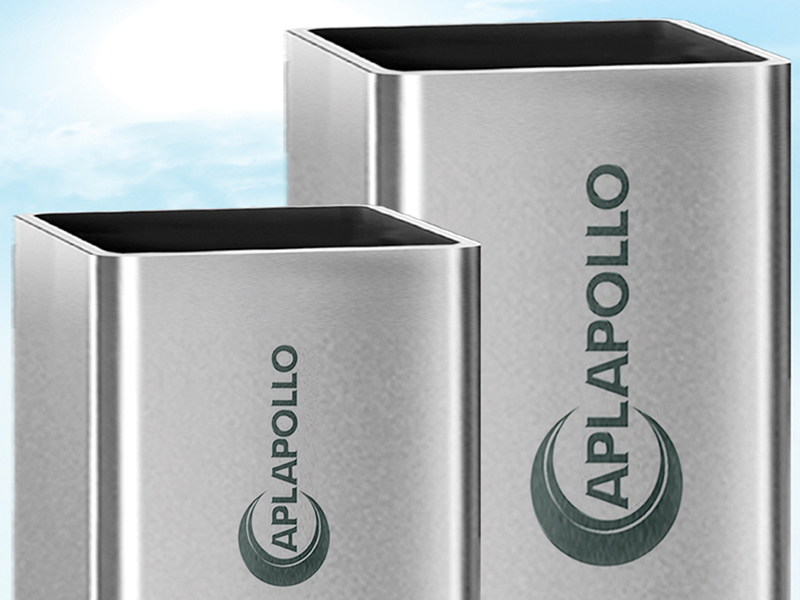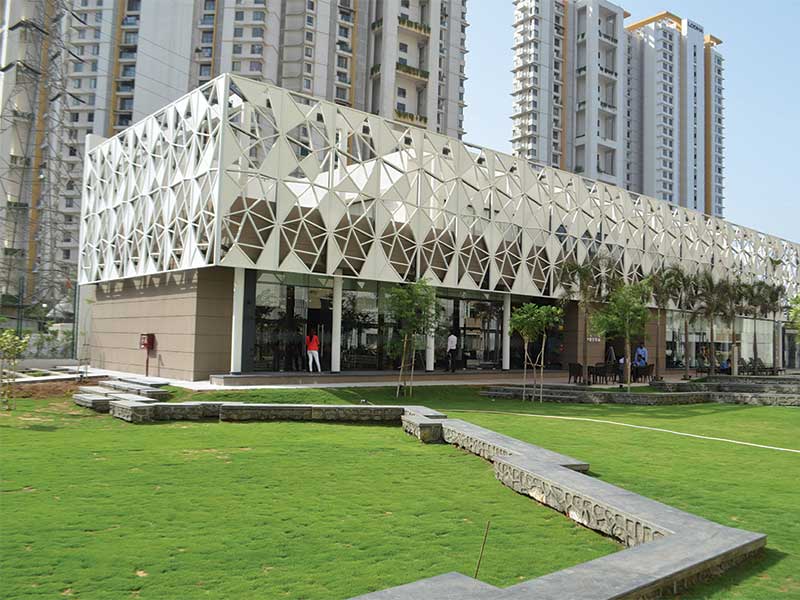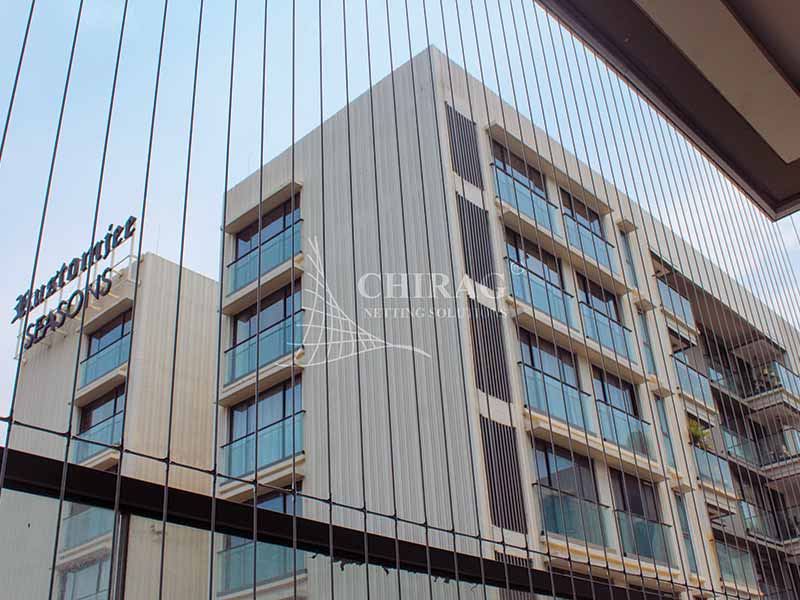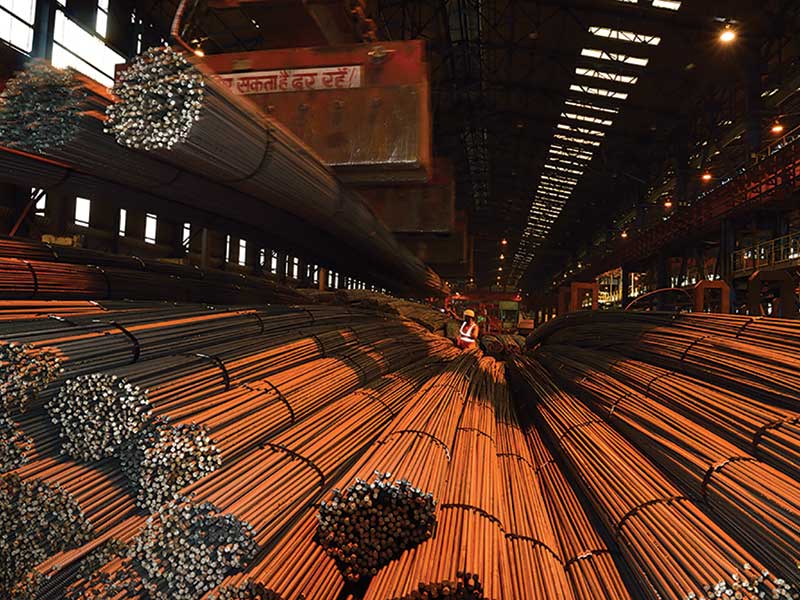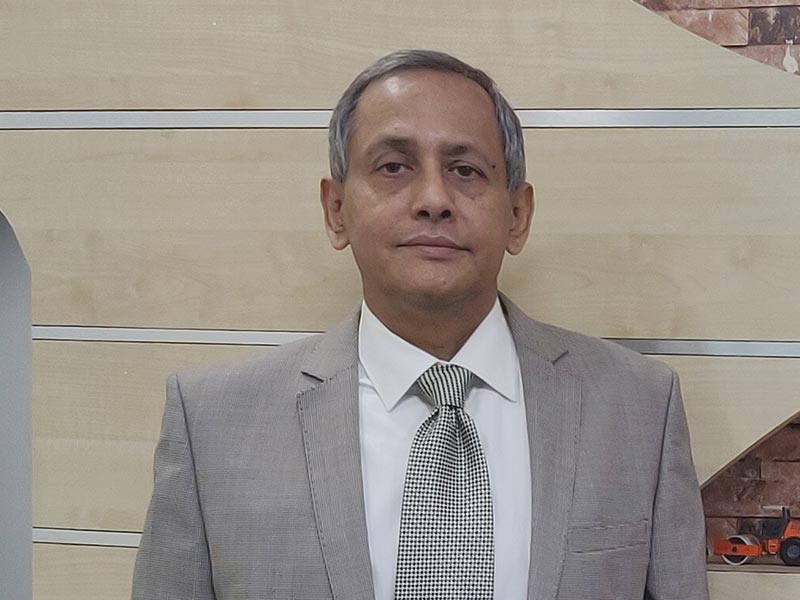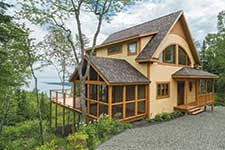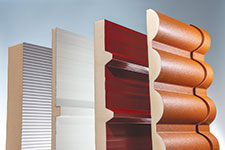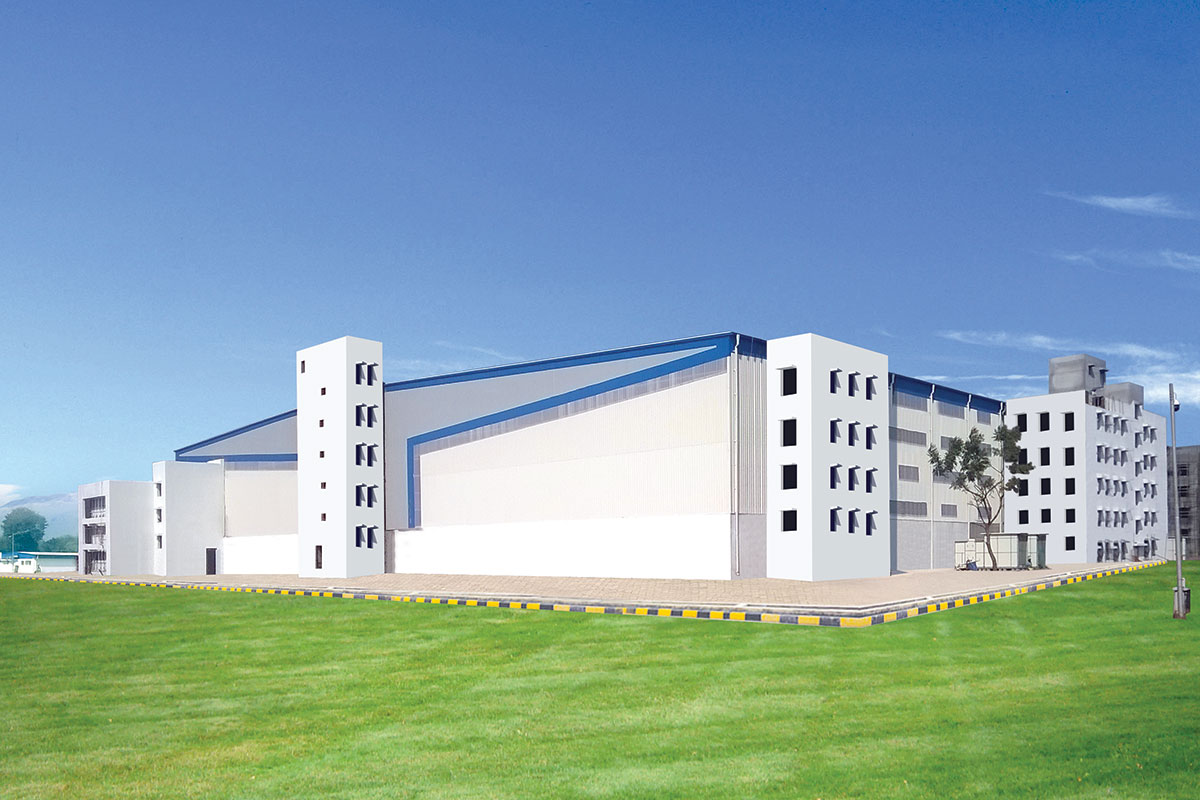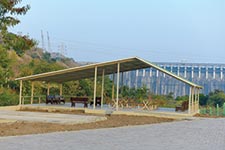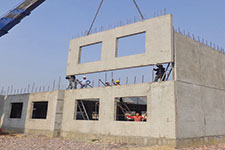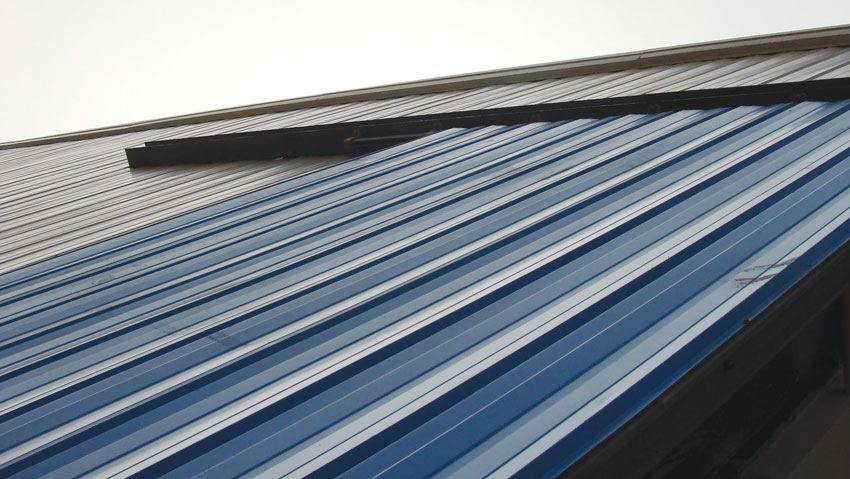
Steel PEB construction is touching new heights in construction as acceptability increases and technology gets smarter.
The high point in construction news in the year gone by was undoubtedly the construction of a 15-storey hotel in Changsha, China in 6 days flat. It is sound proofed and thermal insulated and constructed with prefabricated materials. On the domestic front, Indian construction projects are achieving greater heights as projects compete to be recognized as the highest, longest, biggest and best of all greenest.


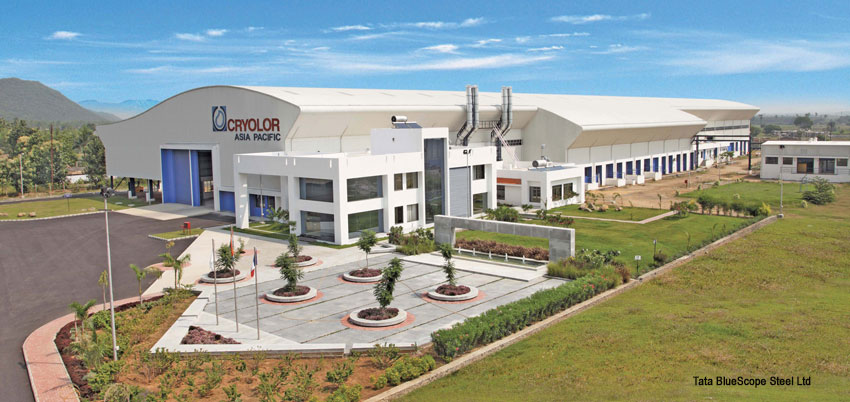
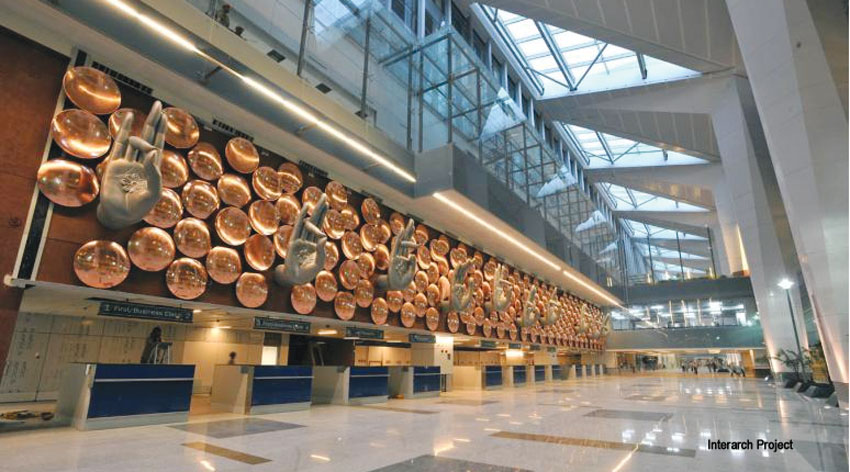
Quick build solutions with savings
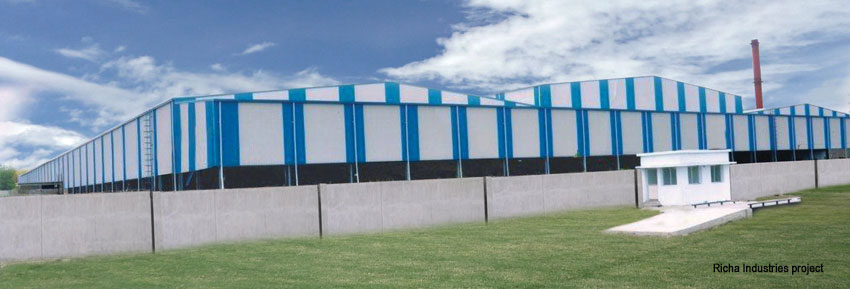
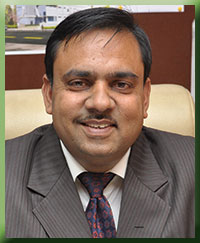

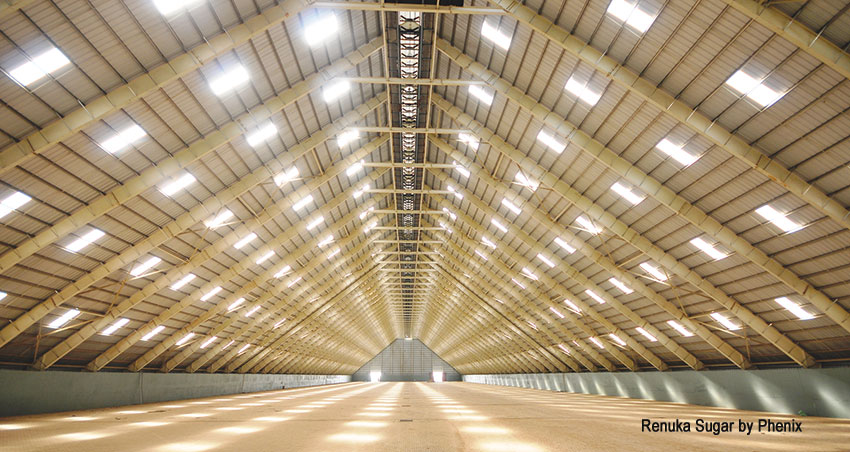

Given the benefits and the potential that PEB has in India market, manufacturers are looking forward to have more PEB buildings coming up. "The pre-engineered building system enables faster and better construction by significantly cutting down construction and development costs through elimination of expensive structural redundancies and delays created by the multiple suppliers and trades required to furnish and install other superstructure and enclosure systems. Whereas in conventional fabrication, due to dust, rust, lack of temperature control, moisture in electrodes, lack of rectifiers, and improper current causes a substantial drop in quality. Architectural versatility too is ensured as buildings can be supplied with special fascias, canopies, curved eaves, and other features," supports Mr. M. Kadam, Project Engineer, Next Pre-engineered Buildings.
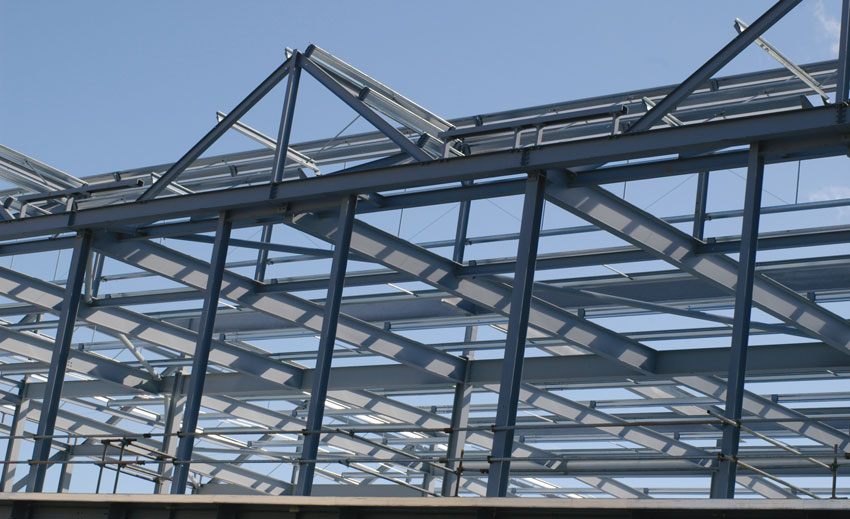
"In pre-engineering building, smooth operational activities and time saving elements come handy. "The pre-engineered building sector was established with the sole vision of using latest technology to achieve the best quality standards and provide value for money to its customers. However, we emphasize on the structural part of the building, where key to designing a successful facility is via the optimization of the building's function and efficiency," states Mr. Suresh Kumar, Sr. Manager Marketing, Saxena Marine Tech.
Exploring additional benefits, Mr. Gupta details, "The main strength of the PEB unit is its design capabilities advantage in terms of reduced cost of buildings, faster execution and design. We give pre-painted steel structure, thus saving time in erection, having better corrosion resistance and a factory- finished product. We believe in achieving the highest performance in safety, quality and ethics through application of innovative technology in practical ways."
Home view
Internationally, PEB buildings have a wide acceptance, especially for commercial purposes. Top consumer USA has over 70% PEB architecture in its commercial structures. Considering the potential of the future Indian market, more companies are now contemplating to manufacture units in India either directly or through joint ventures. The overall outlook is positive, especially as the Indian construction industry is next to the agricultural sector in terms of GDP contribution. India is expected to make it to the international toppers list of PEB suppliers and manufacturers, in a decade. "If the industry of pre-engineered steel buildings continues to grow at the current 25-30% growth rate in India, then in a short span of 7-8 years we will certainly be among the top 10 countries supplying steel buildings to the world," says Mr. Gupta. "It's not just in India that PEB is leading the infrastructure and construction segment. According to industry figures, the rate of PEB industry growth is 20 - 25% Y-O-Y whereas globally it is 15-20%," says Mr. Shah. While acknowledging efforts of the government to encourage the PEB industry, he expects a stronger encouragement of residential and infra projects, on his wishlist.An encouraging observation for the sector is the growth graph continues to be upward, despite a shaky market scenario, nationally and internationally. Policy support from the government, especially when it comes to managing steel prices, is ofcourse a persistent demand. "The PEB industry in India has been moving at a robust pace, with the recent slowdown in its expenditures due to economic conditions. However, we feel that certain crucial reforms and policy changes by the government now will hopefully help improve the economic confidence ahead on a positive note. The need for high-speed construction and better quality projects is going to be a lead-catering to the demand of steel and pre-engineered steel construction. As India is maturing to a better infrastructure plan and the next three years will definitely see major revamp and upgradation of public and urban facilities as well as additional capacity for power and urban support networks, transport and communication, etc construction in steel will be the only possible way to meet the deadlines. I would say that until recently, ports and airports were a spurting sector for pre-engineered building sector. However, at present we are experiencing that residential, commercial hotels and homes are also inclining towards the PEB construction," informs Mr. Nanad. The growing awareness of environment protection and utilization of raw materials to the best possible extent, is driving those manufacturers and customers who are looking to taking up their share of responsibility for the cause, to prioritizing steel PEB in their choices. "As the concept of Green Buildings is catching on fast, and awareness grows regarding impact on the environment of construction activities, several building owners are asking for LEED certifications to demonstrate their contributions to reducing Carbon Footprint. Like any new approach, the shift from conventional structures to PEB's has been gradual. However as more building owners experience the advantages of PEB's, and the skill set across the PEB value chain improves, this shift will increasingly gain momentum," predicts Mr Ranjan.
"PEB has various applications like industrial sheds, workshops, warehouses, malls, showrooms, auditoriums, schools, food courts, service stations, parking lots, cold storages, transport terminals, and so on. With vast potential and opportunity to be grabbed, more new players will join this industry," adds Mr. Kadam. He is also confident that India's economic upward trend will continue as PEB can be custom- designed to suit specific need with its environment-friendly characteristics.
Keeping up with times
As PEB gains popularity, Indian manufacturers are on their toes to improve their offerings and ensuring affordability to consumers. "This is a highly competitive market but any company which has aligned itself to the precise demands of this growing industry has an edge. The challenge here is to educate the builders and end users, the benefits of steel structures vis-a-vis conventional structures," says Mr Gupta. The research and development initiatives are enhancing opportunities for investors recognizing the future value of the sector that keeps coming up with innovative materials and construction technologies. Confirming the efforts to stay connected with market needs, Mr Ranjan echoes the thought. "We are constantly exploring new tools and technologies to deliver innovative and cost-effective construction solutions in a quick and safe manner. At the same time, we are also expanding steel building applications through close interactions with architects, consultants, and building owners," he says.According to Mr Shah, "With its growing stature pre-engineering stretching itself to newer domain, the concept is set to catch on even in the residential sector. This segment of the industry is shifting to higher levels of pre-fab systems like doors, windows and floors. Such construction is ideally suited for housing in remote areas and hilly terrains, where transporting traditional building material could present a logistical problem. Group housing, residential accommodations in small towns and hills, farm houses, and even housing for slum development have scope for these types of structural solutions."
Checking suspect points
Steel PEB structures are already setting benchmarks in many forms of construction projects be it a mega industrial projects or the likes of commercial complexes like huge airport projects. There are weaknesses in the operations, projects execution and available skill sets that are being pinpointed and addressed, if these targets are to be met. "With respect to design of the structure and aesthetic appearance, India is way behind. Indian manufacturers are still catch-up with new trends. Besides, in fabrication and other areas, PEB outscores traditional buildings. This will lead to bigger growth in PEB structure for India in coming years," says Mr. Gupta. "The pre-engineering building offerings in India are already at par with the rest of the world in terms of engineering for medium and light weight buildings. However, this is not true for heavy structures. This is an area where I feel most construction companies should add expertise and look at securing international talent to increase the offerings in the Indian market," says Mr Nanad.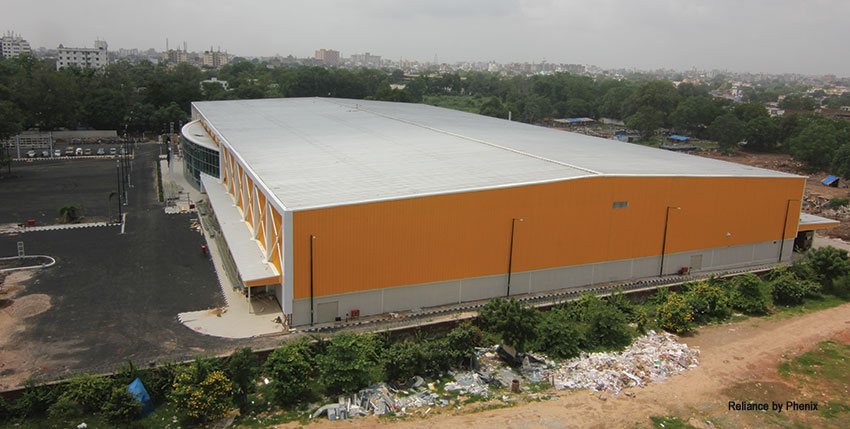
The manufacturers are addressing safety concerns at the site and for the buildings themselves. The shortage of trained or skilled workforce at the construction stage is often a stumbling block to meet delivery targets and finish quality. Companies vying to maintain standards are forced to develop their own teams, especially at the supervisory levels to ensure customer satisfaction. According to Mr. Ranjan "Construction sites are not controlled environments and the risk of errors is typically high. Each error potentially leads to delays and cost increases. We train our field personnel and builder workforce to reduce this risk, without compromising on speed and budget. Moreover, in the factory, we ensure use of the latest tools and technologies, as well as appropriate raw materials and consumables. This ensures quality and accuracy in workmanship - the benefit of which is appreciated in the long-term as well."
Despite these initial growth instruments, barriers exist to wide-scale international building design code adoption. "Unlike US and Australia, where the engineers enjoy AISC/MBMA recommendations for PEB applications, India does not have a specific Indian standard (IS) dedicated to PEB application to cover knowledge of advanced steel design. The PEB industry is roughly 40 years old in abroad and came to India about 15 years ago. Since the concept is quite new in the Indian context, I think it will take some more time for the industry to have the IS code implemented in totality due to the cost implication. The american standards are very well accepted in the industry. At present two codes are used for design and execution MBMA AISC / India Standard," informs Mr. Shah.
The Organized players are also putting their best efforts to educate customers on the benefits of looking at branded products over local offerings. With few entry barriers to manufacturing PEB, small time layers often compromise with quality, craftsmanship ,and reliability. "Competition amongst organized players is based highly on their competencies and their quality deliverance of projects. Customers who are looking for a reliable, branded and good quality products go with good and established PEB companies. Local competition is only a threat when customers are looking at price as the principal factor for buying. Small players come and go since they do not have the financial muscle. It becomes difficult for them to withstand any major financial loss or commodity or currency fluctuation. The main drawback of small or local competition is their poor quality, unskilled craftsmanship, and unreliability," adds Mr. Shah. Highlighting the scoring points of a standard product, Mr Ranjan says, "The Building Solutions business of Tata BlueScope Steel currently offers design, fabrication and erection of pre-engineered steel buildings under its premium BUTLER® Building Systems and contemporary ECOBUILD™ Building Systems brands to our customers. Our list of over 1,000 successfully completed projects includes several structures that have been recognized by industry forums and global customers for their unique features such as, design, height, geographic spread, as well as completion time."
The Indian Steel PEB sector, with the present importance being given to factors like safety, standardization and skill development is on its own fast-track path to achieve new heights on the construction technology timeline profile.
